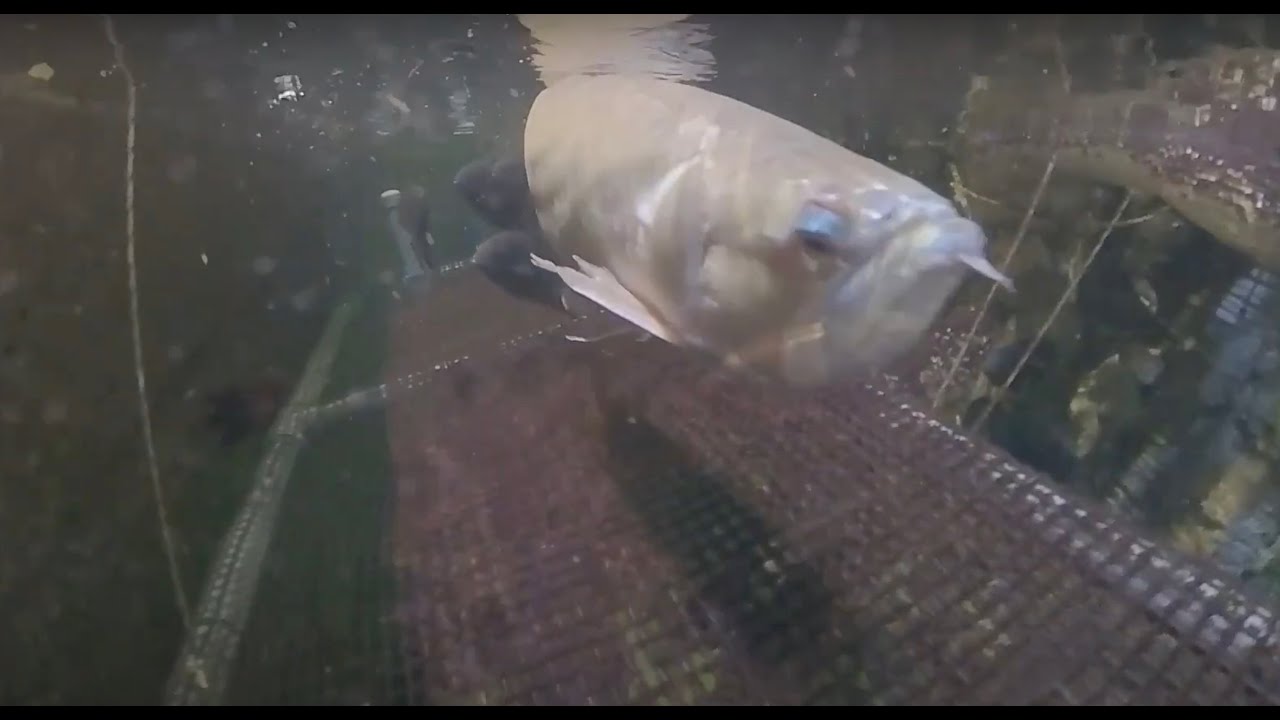– The biology and ecological significance of Arowanas
– Conservation efforts and the status of Arowana species worldwide
– The role of zoos and aquariums, including the California Academy of Sciences, in Arowana preservation
– Insights into zoo management practices that support Arowana well-being
– The importance of public engagement and education in wildlife conservation
Arowanas, often referred to as “living fossils” due to their ancient lineage, are freshwater bony fish of the family Osteoglossidae. They are remarkable for their metallic scales, elongated bodies, and ability to leap out of water to catch prey. This article examines their biology, ecological roles, conservation status, and the efforts by institutions like the California Academy of Sciences to ensure their survival amidst growing threats.
Understanding the biology of Arowanas provides a window into their survival strategy and ecological niche. These fish are surface dwellers, primarily feeding on insects, small birds, and fish that stray too close to the water’s surface. Their distinctive jaw morphology allows them to propel out of the water with significant force. This adaptation enables them to exploit aerial and surface food resources unavailable to many other fish species. Moreover, Arowanas are known for their extensive parental care, with most species practicing mouthbrooding, whereby eggs and young are carried, protected, and occasionally fed by the adult male until they are independent.
The conversation around Arowana conservation is multi-layered, reflecting the complex interplay of biological, environmental, and human factors. Several species of Arowana are considered at risk due to habitat destruction, overfishing, and the illegal pet trade, fueled by high demand for these fish in aquariums due to their striking appearance. Efforts to protect these species are varied, ranging from CITES (Convention on International Trade in Endangered Species of Wild Fauna and Flora) regulations to captive breeding programs to reduce the pressure on wild populations.
Zoos and aquariums, such as the California Academy of Sciences, play a pivotal role in conserving Arowanas. These institutions conduct vital research on Arowana biology, behavior, and genetics, contributing to better understand their needs and how best to protect them. Beyond research, they are also involved in captive breeding initiatives that provide an alternative to wild-caught specimens for the aquarium trade and serve as a genetic reservoir for species restoration projects. The California Academy of Sciences, with its state-of-the-art facilities, exemplifies how modern zoo management practices can contribute to the conservation of species like the Arowana by simulating natural habitats, ensuring optimal health and well-being of the animals, and facilitating valuable scientific research.
Furthermore, public engagement and education are critical in Arowanas’ conservation efforts. Institutions like the California Academy of Sciences foster a connection between the public and wildlife by showcasing these magnificent fish and sharing knowledge about their lives and their challenges. Educating visitors about the importance of ecosystems, the impact of human activities on species survival, and how individuals can contribute to conservation efforts aims to inspire a conservation-minded public.
Educational initiatives, coupled with immersive exhibits, allow visitors to appreciate the beauty and complexity of Arowanas, driving home the message that these creatures are more than just ornamental fish; they are vital components of their ecosystems with roles that extend far beyond their aesthetic appeal. Engaging storytelling and interactive displays can demystify scientific concepts related to conservation, making them accessible and compelling to people of all ages. This approach advances public understanding and appreciation of wildlife and mobilizes community support for conservation projects.
In sum, the Arowana symbolizes the fragility of our natural world and the interconnectedness of life on Earth. Through the combined efforts of conservationists, researchers, and public institutions like the California Academy of Sciences, there is hope for preserving these ancient fish. By fostering an environment of education, research, and public engagement, we can work towards a future where Arowanas and many other species facing similar threats continue to thrive in the wild and conservation care.
*****
Source Description
Say olá to our silver arowanas!
These large, torpedo-shaped fish are native to rivers of the Amazon.
At the Academy, you can find them in the Amazon Flooded Forest habitat where our three individuals have lived since 2015.
Complex and intelligent, our arowanas are trained by our biologists to follow a target and swim into a sling, which makes feedings and checkups easier.
On the menu: Small fish, earthworms, and crickets or roaches, twice a week.
Since arowanas can launch themselves six feet out of water to catch prey, keeping our feisty fish well-fed and out of trouble.
Learn more: https://www.calacademy.org/phenomena/creature-closeup-arowana
—
🙌 Now More Than Ever, We Need Your Support
The Academy has a new mission: to regenerate the natural world through science, learning and collaboration. Please consider a donation to https://bit.ly/3JcOewJ — any amount helps. Thank you!
– – –
The California Academy of Sciences is a renowned scientific and educational institution dedicated to regenerating the natural world through science, learning, and collaboration. Based in San Francisco’s Golden Gate Park, it’s the only place in the world to house an aquarium, planetarium, rainforest, and natural history museum—plus cutting-edge research programs—all under one living roof.
Connect with us:
• Facebook: https://facebook.com/calacademy
• Twitter: https://twitter.com/calacademy
• Instagram: https://instagram.com/calacademy

